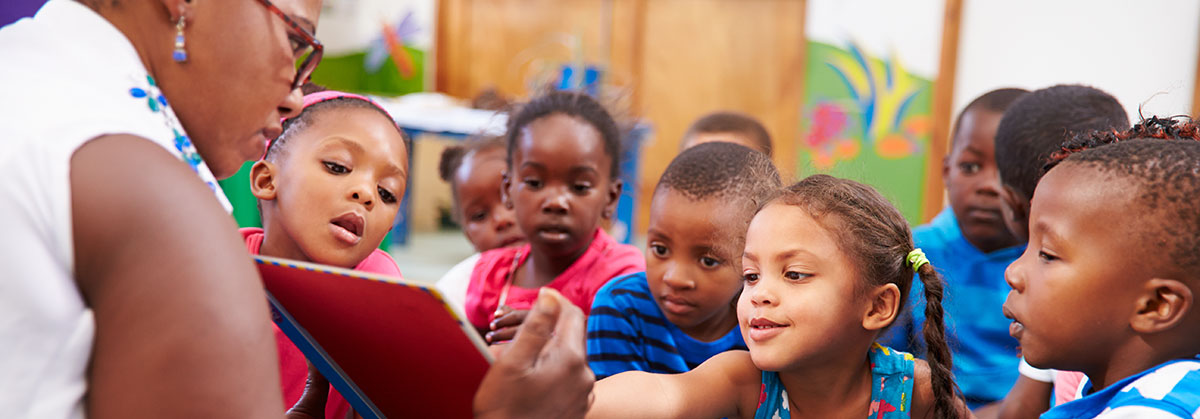Teachers: As the new school year starts, how will you talk about what’s happening in the country regarding race?
Whatever you do, please don’t ignore it.
Despite a potential positive intent, your silence or ignorance won’t be seen as an innocent neutral act.

Conversations about race happen in our schools all the time, even without us directly realizing it. We live in a world where the construction of race is present and as a result, many of our societal structures, practices, and lived experiences have been influenced by our knowledge of race; regardless of the racial category with which we identify. Simply put, race matters and schools serve as environments to prepare students to navigate the experiences they encounter.
As current issues, conversations, and incidents occur in local and national environments, school personnel should expect that students will seek to make meaning and interpretations about what those issues mean for their own lived experiences and how they understand their own identity. The school environment is a natural setting for students to explore this sense-making experience.
Demographic data across the United States also tells us that schools are becoming more and more racially diverse; however, our teaching population remains largely White. This dynamic means that we should expect the collective lived experiences and perspectives of students compared to teachers will differ in many respects, more so than they may have in the past. These differences in experiences and perspectives undoubtedly will result in conflict and it will be uncomfortable at times to address these situations, particularly if it is a topic we don’t feel we fully understand, yet we must.
As educators, we are passionate about learning and our love of learning means we are adept at facilitating a learning process. This places us in a prime position and responsibility for us to model and guide students to grow in their understanding of race, even as we simultaneously learn ourselves. With that in mind, consider these following three stages when preparing to talk about race in the classroom:
 ‘
‘
Preparing and Planning
Students know when conversations have not been prepared. When topics that have significance to students are not given the proper preparation, it shows. That’s why it is important to:
- Articulate why the conversation is happening, why it is important, and what are the learning outcomes.
- Address race with consideration for both the historical and current contextual impact that actions from dominant identities have had on marginalized populations.
- Consider how the conversation might impact your students, particularly racialized students. While preparing, seek opportunities to engage them in the planning process.

Center race
- Be clear whether you are addressing anti-blackness or ethnicity more broadly.
- Continue your own personal and professional growth around race
and equity. - Ground your learning in comprehensive research, theory, data, and the lived experiences and stories of racialized populations.
Practice and Implementation
- Listen, learn, and promote student agency. Share control with students. When engaging in these conversations ensure that students feel their voice is heard.
- Attend to how students of color are responding, be mindful of various nonverbal cues, and levels of engagement, when it might be necessary to shift or navigate the conversation.
- When a question comes up that you do not feel prepared to respond to, it is okay to let students know you do not know the answer and you need to come back to it. Just make sure you follow up.
- It’s okay to ask for help, contextualize the situation with your PLC, a trusted colleague, or mentor.
- Conversations should be grounded in the core competencies of dignity that practice Patience, Listening, Openness, and Empathy.

Reflect on impact
- Look back at your goals to measure outcomes. Determine if you achieved what you set out to do and if not, analyze why not.
- Specifically evaluate your own learning and the impact of your conversations with students, particularly racialized students.
- Seek feedback: Invite a colleague, instructional coach, or administrator to observe you. Ask teachers of color if they would like to help, but don’t ask teachers of color to do your work — and be ready for them to say no.
- View the reflections as formative. Incorporate your feedback into future planning and build off of the new learning and perspectives gained.
- Continue the cycle of planning, practice, and reflection.


